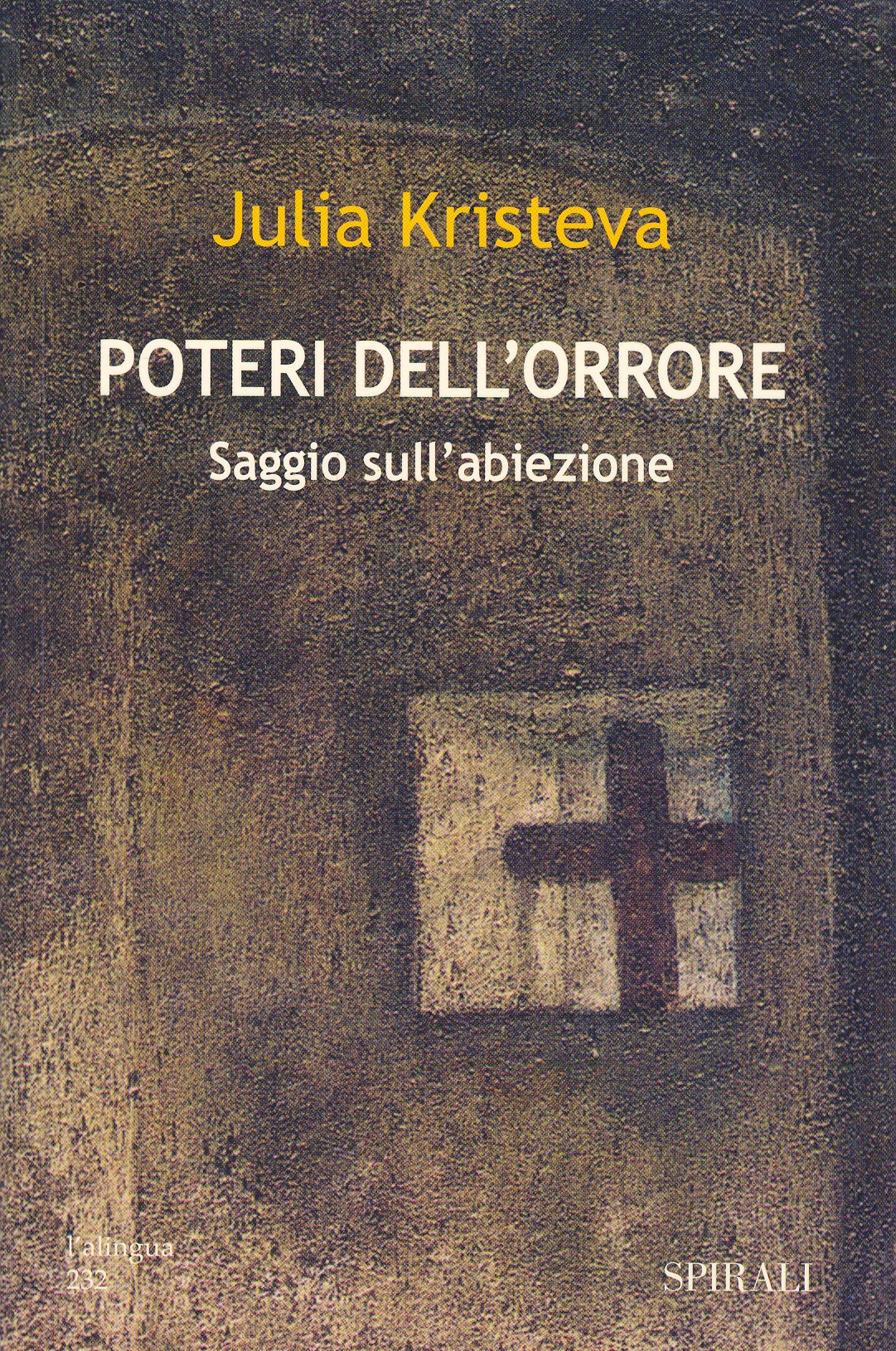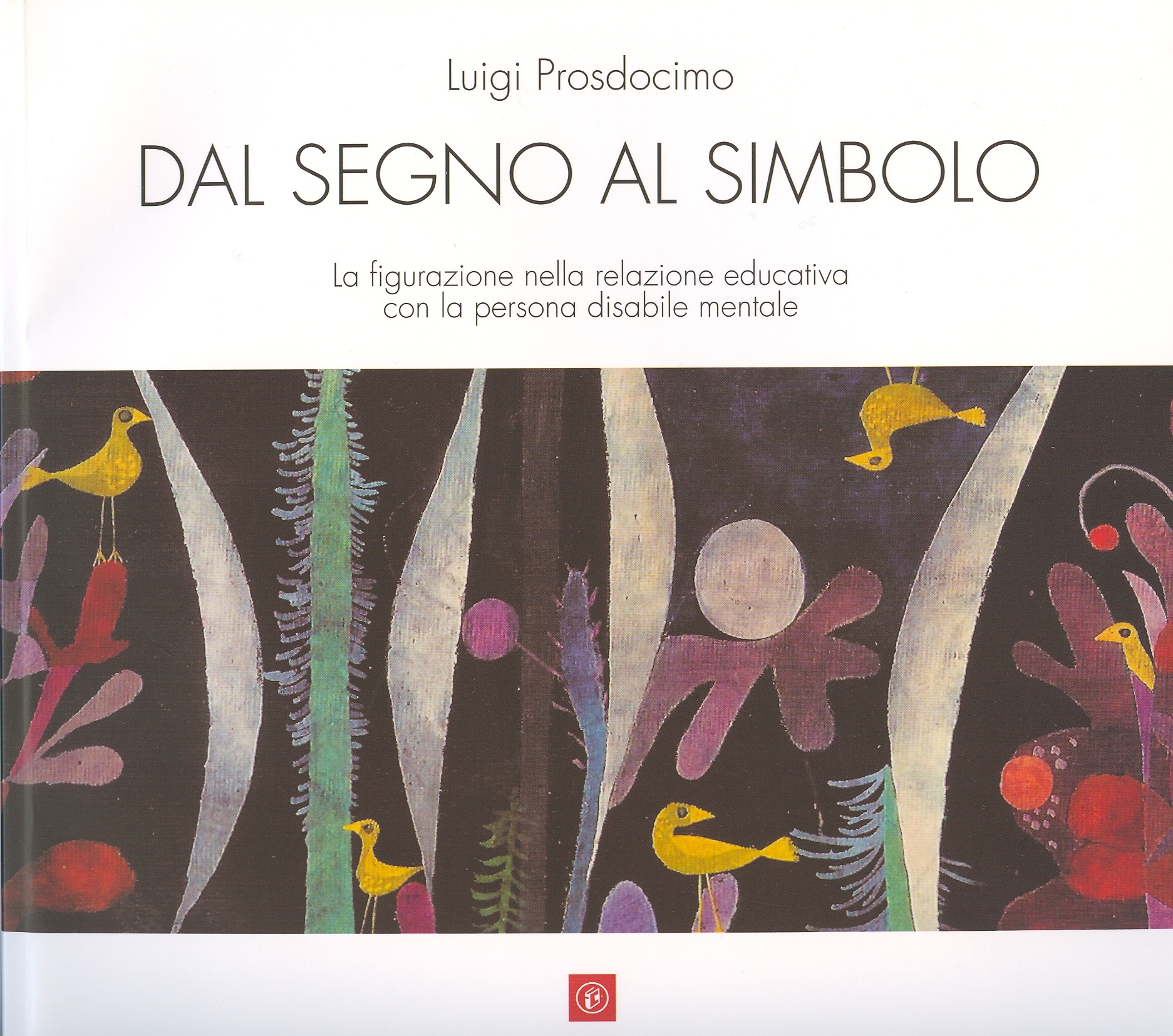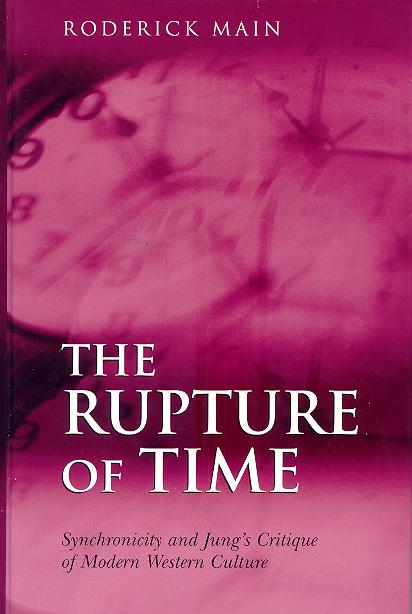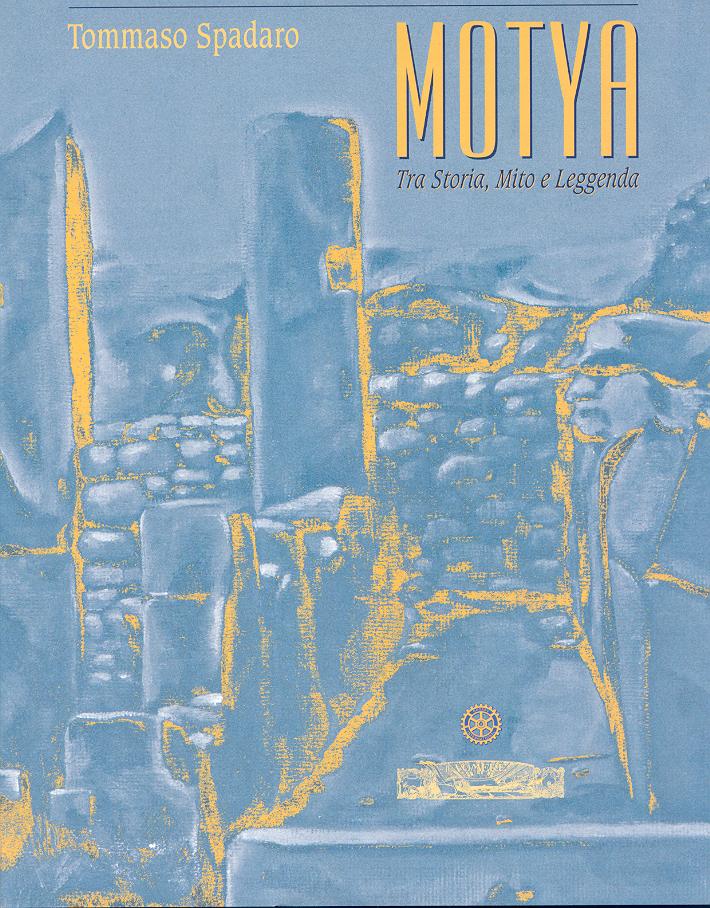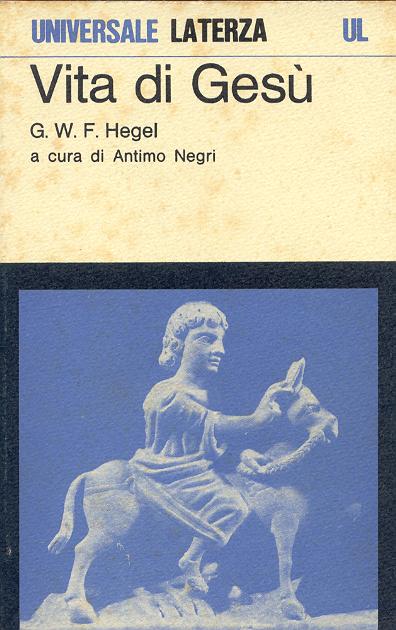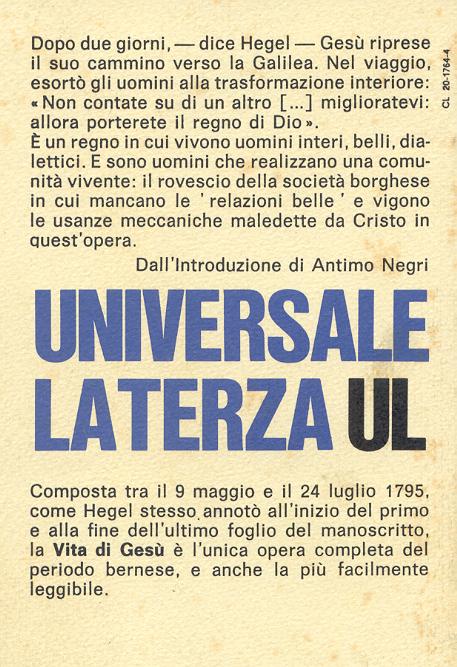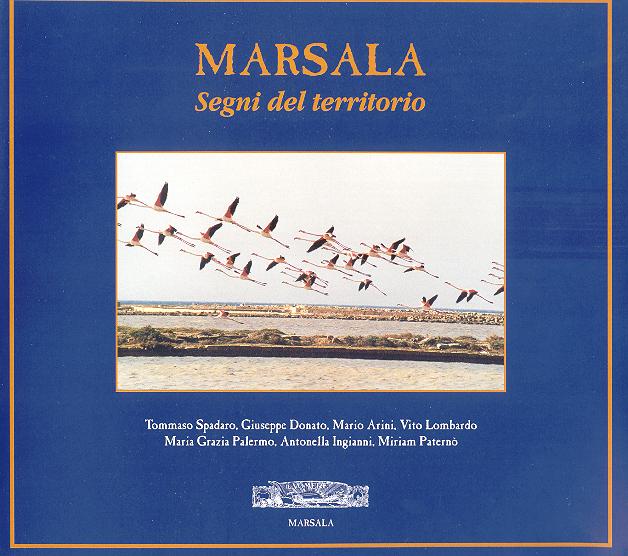Francesco
Mercadante teachers Laboratory of Italian Writing in the Faculty
of Letters and Philosophy of the
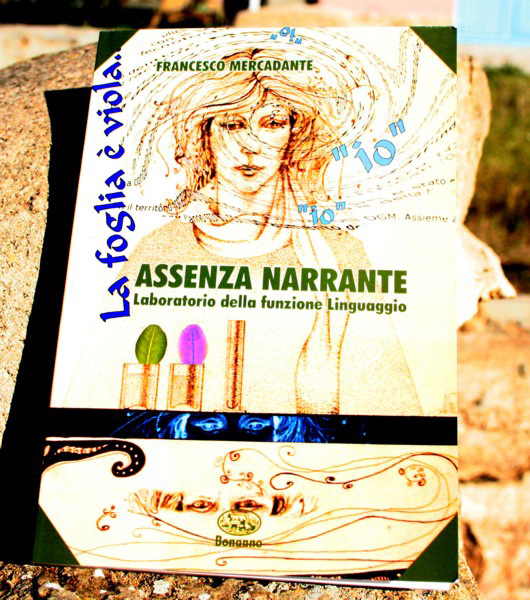
Narrating Absence
Laboratory of the language
function
"As
in the dream, every of us "experiences"
own native identity, although this happens by
changes of meanings and secondary elaborations,
so in the writing, the writing-Ego breaks up
the faces of protagonists and deuteragonists
and, little by little, self-recomposes in the
final climax. To say “it is red”
it is not the same that to say “it seems
me red”. Does a brain say the same
things that a machine would say, if it
replaced that?
(by the Forth grade of cover)
Camilla Pasqualini, graduate in Pedagogy and currently Infancy School
teacher, has an ample formation and experience related to the application
of the computer tools to the didactics and she has elaborated numerous
projects for the Infancy and Primary School; from many years conducts
formation courses for teachers on the relationship between multimedia and
teaching. She collaborates besides with the journal of updating and
didactics for teachers of the Infancy School «Progetto
tre-sei Gulliver».
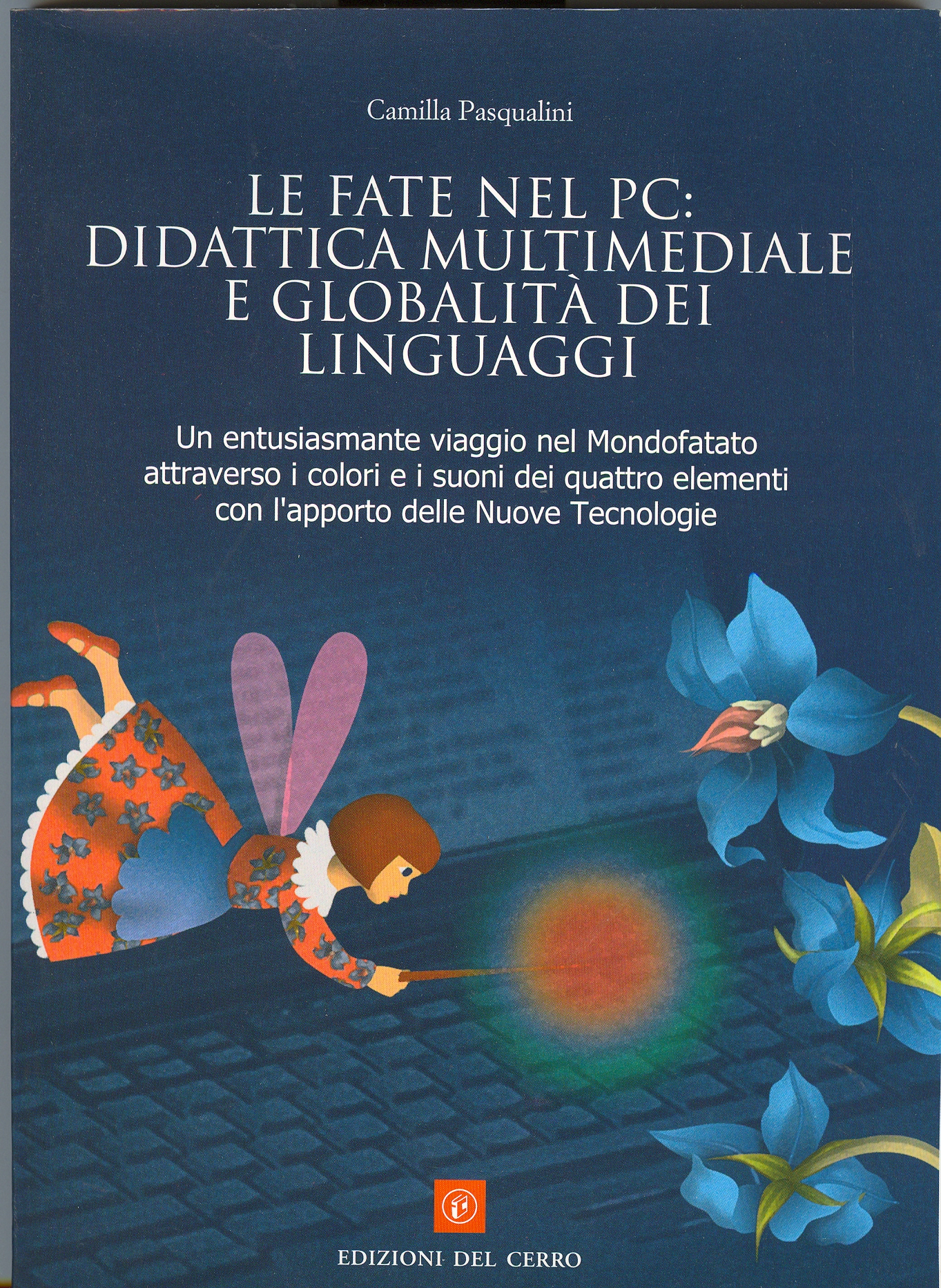
The fairies in the PC:
Multimedia didactics and globality of
languages
"This volume proposes a didactic run devoted to children
of the Infancy School and aimed to stimulate sociality, creativeness,
expressive and cognitive also in sight of the entry in the primary School.
This run, using as conductor thread an imaginary «Fairyland»,
very first conjugates the use of the New Technologies with the Globality
of languages (conceived by Stefania Guerra Lisi). This method, applying
the theory of the four elements (air, water, earth and fire), becomes
essential to read the bodily-sensory history of every child and, therefore,
to enter his world, listening to him and sustaining him.
The text suggests variegated stimulations and
experiences that use different languages, departing from those
bodily-sensory until those multimedia, using the dance, the gesture, the
song, the sound, the painting, the sculpture, the image, the word ... for
seeking and valorising the everybody communicative resources.
The common denominator and the elaboration of every
experience through the computer - in cooperation with the teacher - and
the creation (documented minutely with operational suggestions and
numerous colour images) of a managed by the children themselves
multimedia, that it tells the adventurous voyage in the Fairyland and it
is very useful, besides, to stimulate the learning of the read-writing.
It is therefore a valid didactic tool, that will give
amazing results in the development of social competences, perceptive,
cognitive and meta-cognitive, but also of the self-esteem and of the self
and other’s perception . And besides useful to the adult for a reading
of the expressive and communicative behaviours, of the psycho-motorial
development and of the creativeness of children.
The project is also proper to children suffering from cognitive, behavioural or language difficulties, and it caters to teachers of the Infancy and Primary School (first classes), to auxiliary teachers, to students and trainees in Sciences of the Primary Formation and to parents".
(by
Del Cerro publisher)
Andrea Mannucci teachers Pedagogy of the community and Pedagogy of the marginality and the deviance in the Faculty of Sciences of Formation at the University of Florence
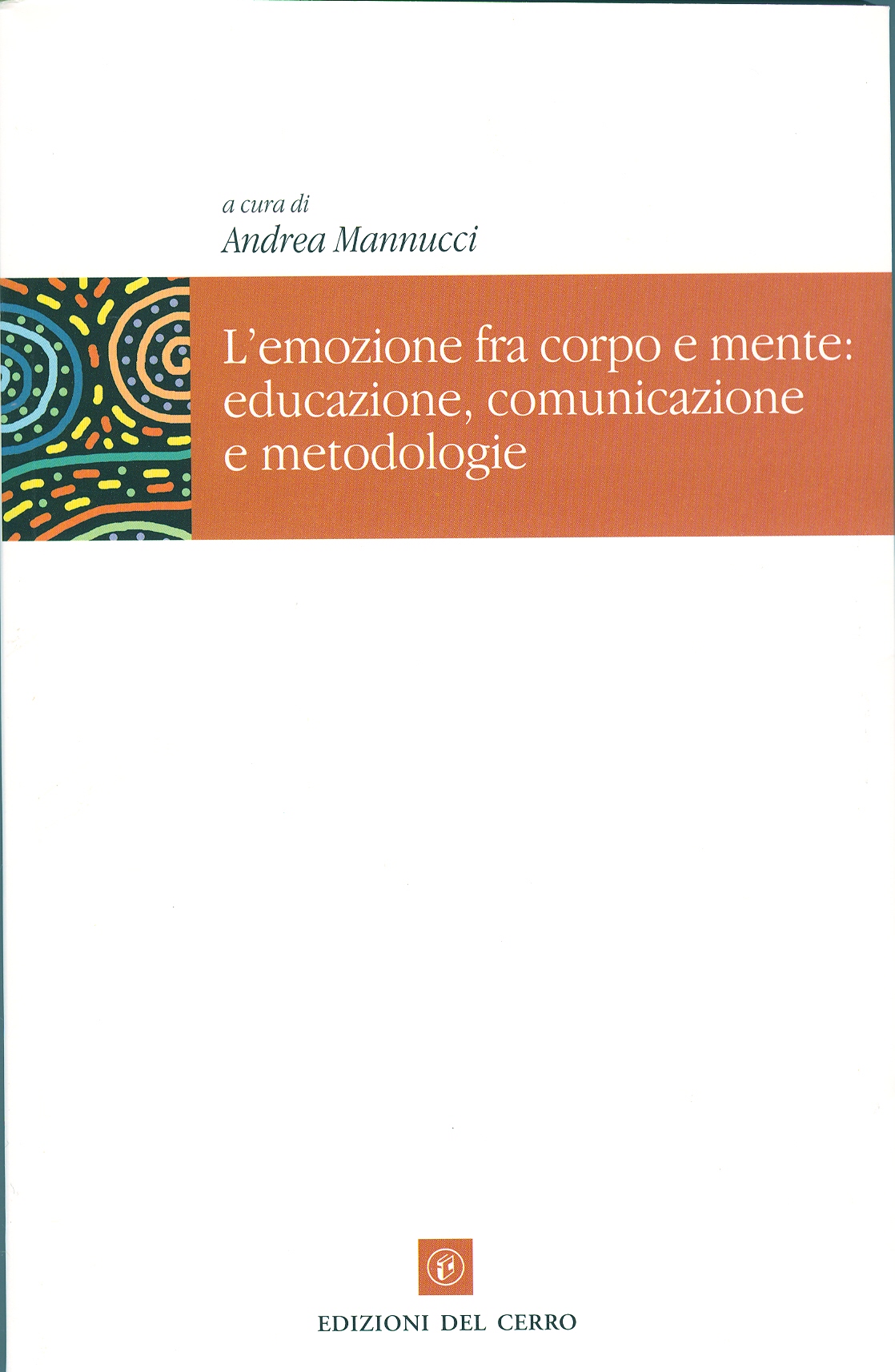
The emotion between body and mind: education,
communication and methodologies
The
western culture, still today, often is inclined «to halve» the
individual teaching him from an early age that intelligence is one thing
and emotions are another, that the body is separated from the mind for
substance and importance.
This
new volume, which reverts and widens the precedent To communicate with
the mind and the body enriching it with numerous essays and updating,
thinks over the role of the bodily and emotional dimension in different
ambits of the life (particularly in educational and therapeutic field), in
the perspective of redefining a methodological approach that recognizes to
the individual a character of oneness.
The
numerous essays here collected, different for ambit but united by the fil
rouge of an original pedagogic and formative thinking, are structured
in three thematic sections. The first one investigates the emotional
aspect in a historical and philosophical perspective through the
anthropology, the art and the psychoanalytic theory.
The
second section, instead, particularly pays attention to the value of the
emotionalism and the bodily expression in relationship to the disability:
it for instance speaks of sexuality and affectivity, of sport, of
dance-therapy.
The
third one, at last carries out a meaningful close examination on the
autobiography, - as tool of expression, but also didactic-methodological -
and proposes a reading of the
binomial body-mind, also through an analysis of the cinema production on
the theme.
All
the contributions curl on thematic meaningful from the pedagogic,
philosophical, experiential, with references to cultural aspects and
epistemological and with ample reasoned bibliographies that offers
important cues for elaborations and researches. The volume results
therefore useful to the teachers, researchers and final-year university
students in Sciences of the Formation, Psychology, Social Service just as
to the teachers, to the professional educators, to the psychologists and
the social operators
(by Del Cerro publisher)
